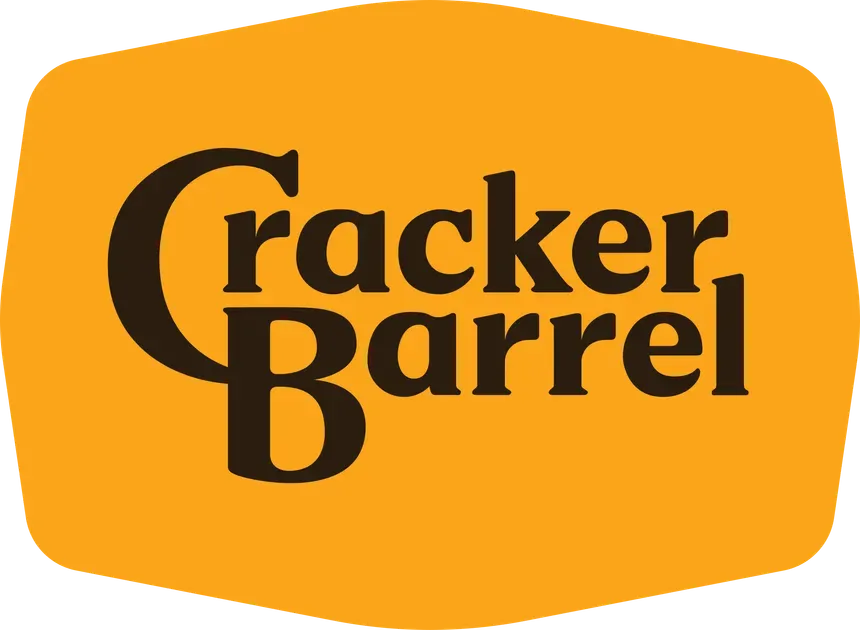Why the Cracker Barrel Rebrand FAILED Miserably (It’s not what you think)


Cracker Barrel’s catastrophic rebrand would have been hard to miss because of the public outrage and backlash it got (of course I picked the exactly WRONG time to take a break from writing this newsletter).
But the reason their new logo caught so much viral hate has a direct application to church branding, so humor me while we explore it for a moment.
Here’s my hot take: The new logo perfectly captured Cracker Barrel’s identity.
Before you cancel me in the comments, let me convince you why this is the case.

Think back to 6 months ago. If you had asked a thousand people what they thought about the Cracker Barrel logo, what response would you have gotten?
Probably something along the lines of, “I mean… it’s fine I guess. Never really thought about it.” Most people would have been apathetic or ambivalent at best. Maybe a few design-conscious souls would have said “eh, there’s probably some room for improvement.”
So, why did this particular rebrand trigger so much nationwide, seething outrage?
Some news outlets blamed “conservatives who don’t like change” and others said it was about the people rebelling against modern minimalism and oversimplification.
In this scenario, I’d be surprised if anyone bats an eye. Maybe they notice that the billboards are easier to read, or that the menu design feels a bit more vibrant and fresh than it used to.
No headlines! No mockery! Nothing!
But here’s the thing: it wasn’t a new logo that upset people.
Cracker Barrel’s customers felt betrayed by what the new logo represented.
The new branding signaled a fundamental change in the identity of Cracker Barrel, from a quirky, homey spot for comfort food and checkers to a corporate sellout chain with politically correct messaging and token vegan options.
In my opinion, the new (now cancelled) logo did TOO GOOD of a job representing what Cracker Barrel had become — a woke corporation like everyone else. This visual accuracy ended up being the downfall of the rebrand, to the detriment of the company’s stock prices and consumer confidence.
Your church logo isn’t your brand.
Your brand is the story, meaning, and gut feelings that people associate with you.
Build your brand on the three pillars of a church brand: Christ, Congregation, and Community.